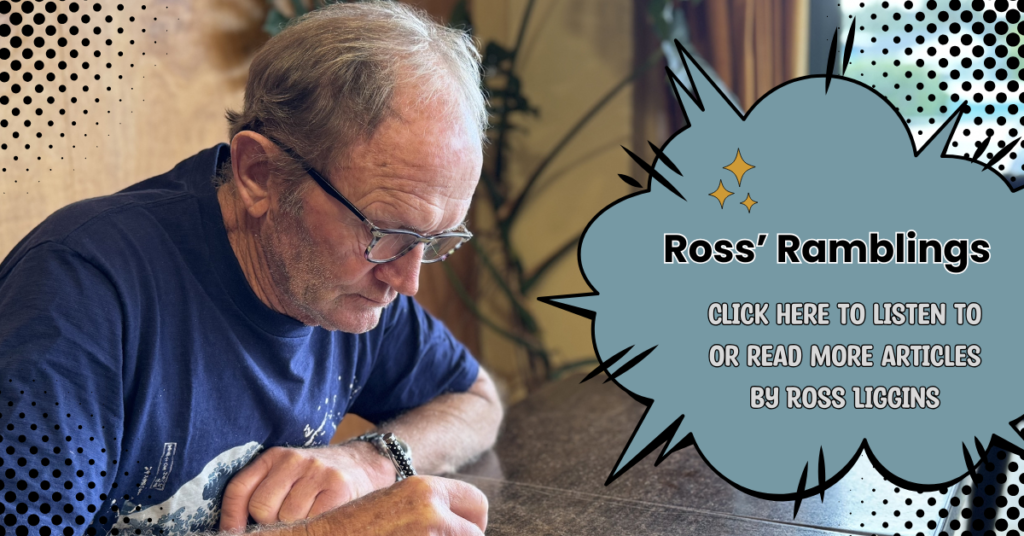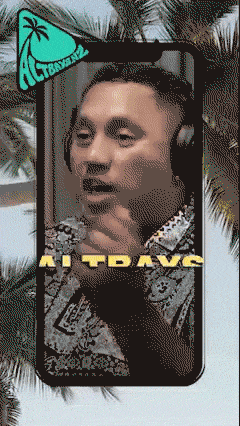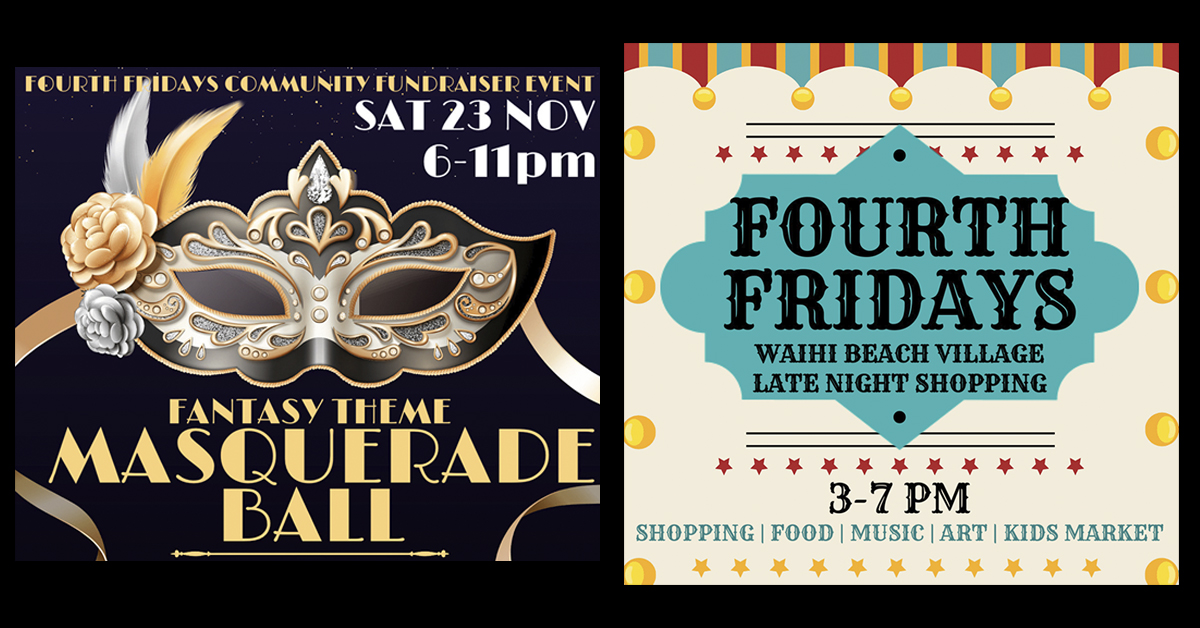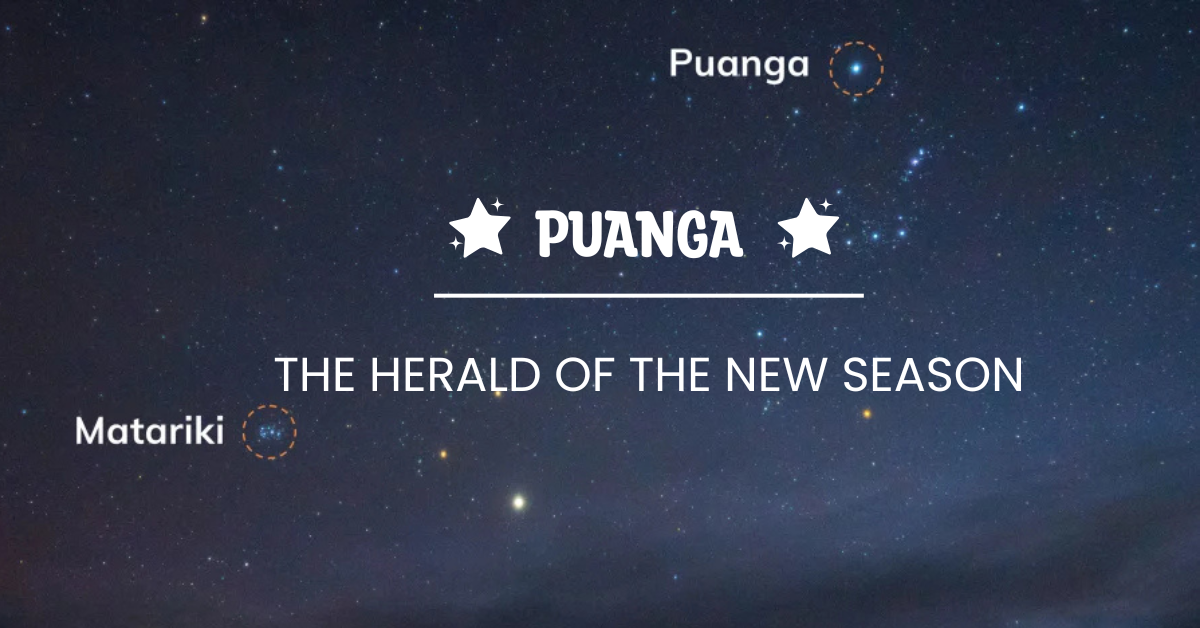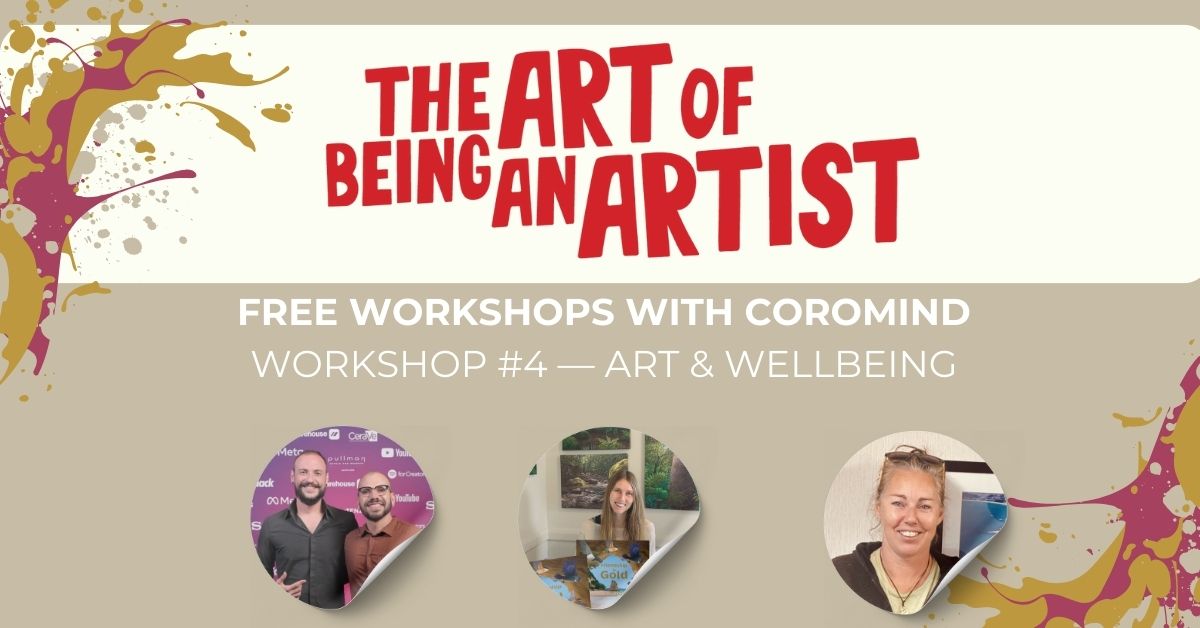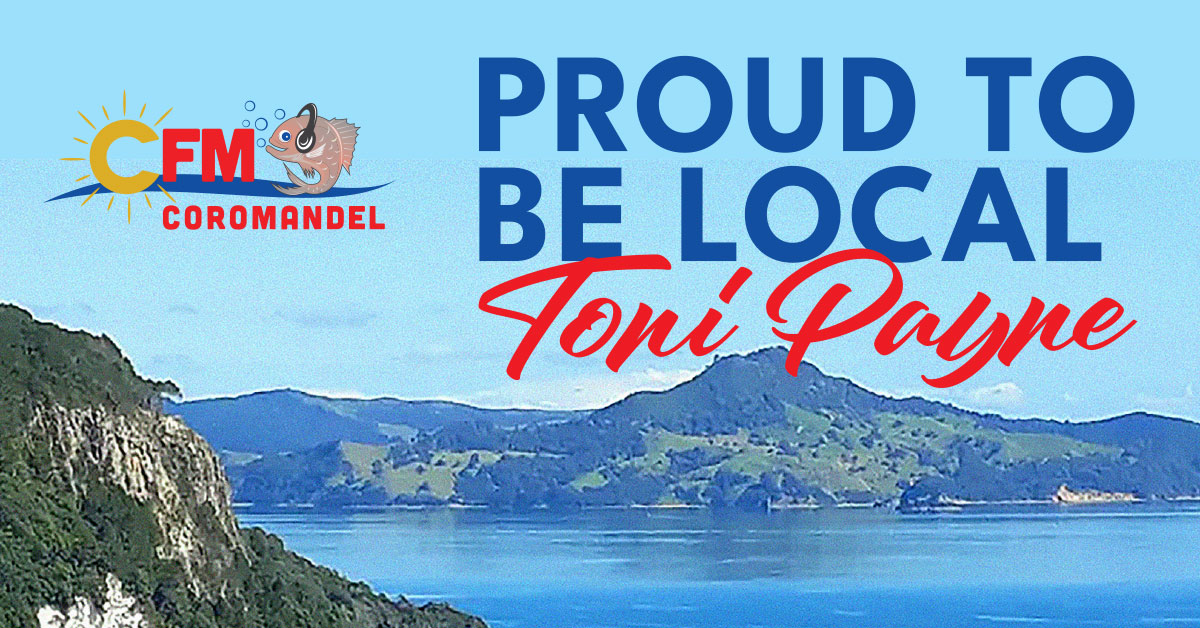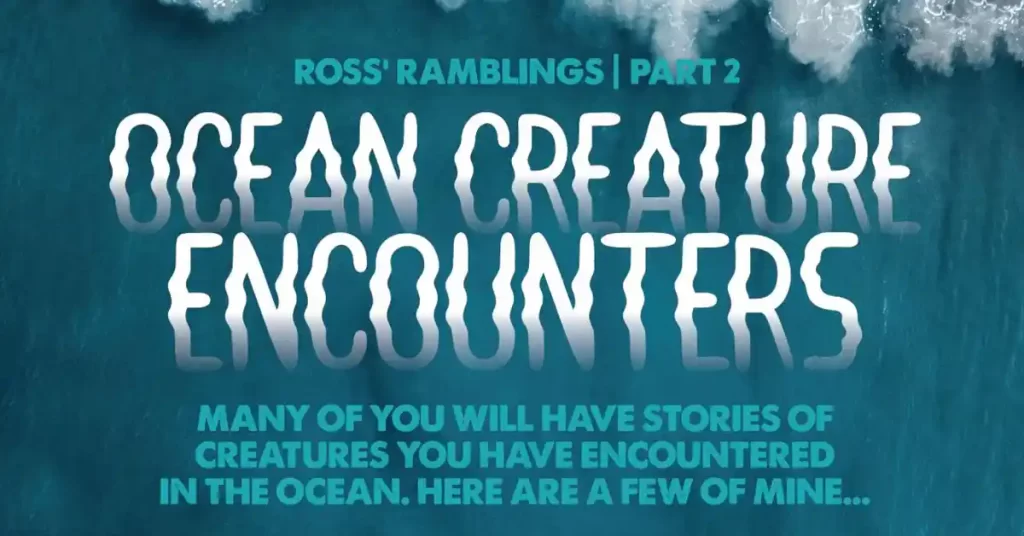
Less stressful encounters have been with much larger ocean creatures which don’t include humans in their diet. In 1994, I was invited to participate in a University of Auckland research project to photograph the flukes and record the songs of the humpback whale population which visits the Tongan islands to give birth between July and October. The whales had been hunted almost to extinction, but in 1978 the Tongan king, Tupou IV, banned whaling in Tongan waters and set the foundations for the development of the whale watching industry which has greatly benefited the Tongan economy and the Oceania whale sub-population which, having been reduced by 1964 to 250 whales from a historical population of 10,000, now stands at around four thousand.
So every day for several weeks we boarded a boat and set out to look for the telltale spout from a breathing humpback. Photos were needed to form a photo library of the unique pattern on every humpback’s fluke to determine which whales returned every season and which sought out alternative breeding grounds. Those that weren’t seen again could have died or fallen prey to the controversial whaling in the Southern Ocean. The recordings were used to study the whale songs which are also unique to individuals and to different pods and can be heard by other whales many hundreds of kilometres away. In addition to these tasks we were allowed to make videos underwater of these majestic creatures. I remember vividly the first time I slid quietly into the water to join a humpback family that had surfaced next to our boat. Two adults and a baby glided slowly beneath me with graceful waves of their huge pectoral fins and flukes. They were unafraid and almost curious as they circled me and examined me with their huge empathetic eyes before gradually descending into the deep blue. What a day to remember! Unfortunately the VHS video I took of the encounter was mistakenly taped over when I recorded a rugby game. What a stupid mistake made by a low-tech human!
Another harmless giant of the ocean that has visited me in its ocean home is the orca. After my Tongan expedition, I was writing and thinking about marine mammals a lot and it seemed that the more I did this the more whales, dolphins and orca appeared in my world, or so I thought at the time. On Labour Day of that year. three friends and I were surfing at Kūaotunu Reef when we noticed a huge black fin break the surface, followed by two smaller ones and a tiny one. Within seconds we were in the midst of an orca family: a male, two females and a baby. The metre and a half high bent over fin of the male slowly sank beneath the murky water followed by the others. We were reasonably confident that black-wetsuited seal lookalikes didn’t comprise part of the orca diet. Suddenly the huge bent over fin broke the surface within an arm’s length of me, preceded by the huge black and white head with an inquisitive dark-coloured eye. The two females guarded the tiny calf at a safer distance. The male glided slowly under our feet without trying them out for taste and then headed towards the beach. He was soon thrashing around in the shallows and I had visions of trying to haul a six-metre long orca off the beach. However after a few seconds, with a flick of his fluke, he deftly regained a swimmable depth. What I had taken for a potential stranding was more likely a soothing massage on the wave-worn boulders that lined the beach.
Two days later, seven orca, possibly from the same pod, made their way up Whitianga Estuary. On returning to the estuary mouth, one was seen throwing a grey object into the air. It was a stingray, one of the orca’s favourite dishes, and it had a large bite out of its wing. This encounter was followed by another during the same week while surfing at Hot Water Beach, when two orca turned on their side and swam under my board looking up at me. My feelings were a cocktail of excitement, awe and gratitude for the privilege of experiencing a wondrous synchronicity which allowed these meetings with such magnificent creatures to take place.
-Words by Ross Liggins
Help us take Coromind Magazine to new heights by becoming a member. Click here
